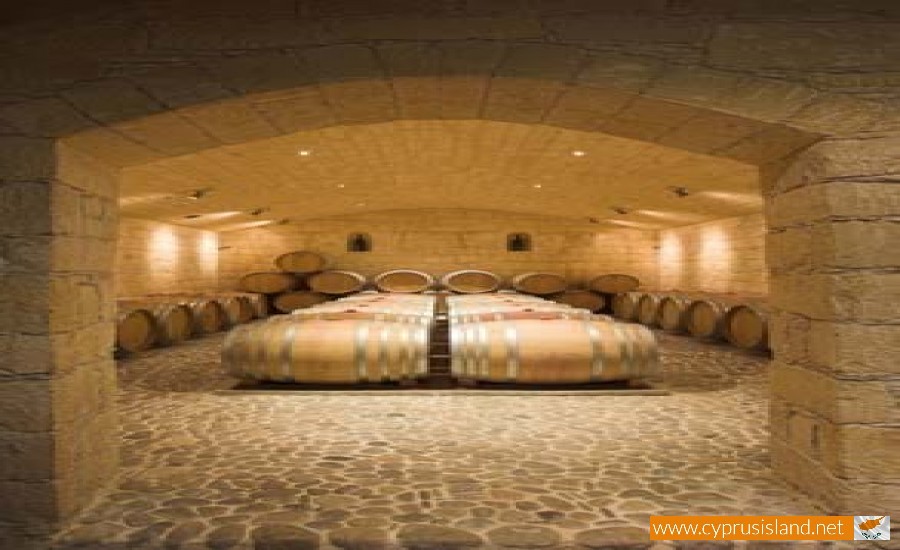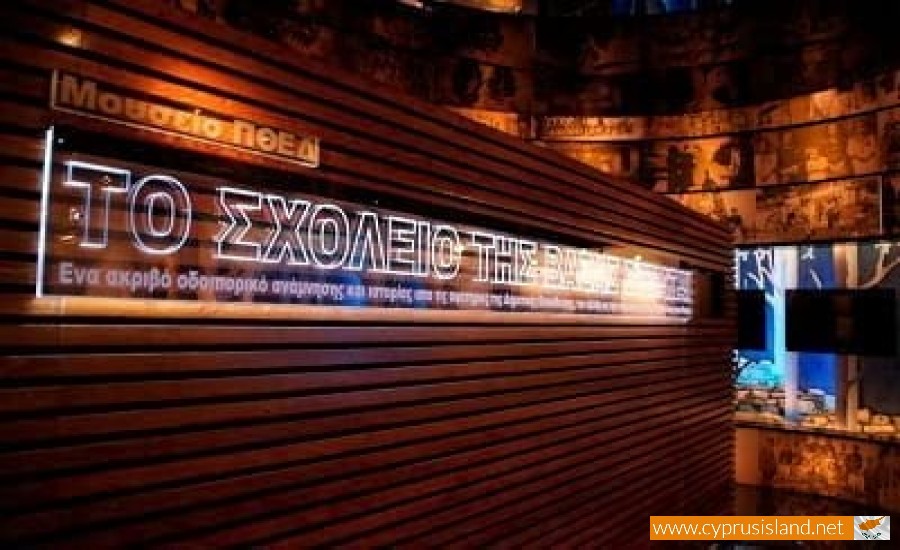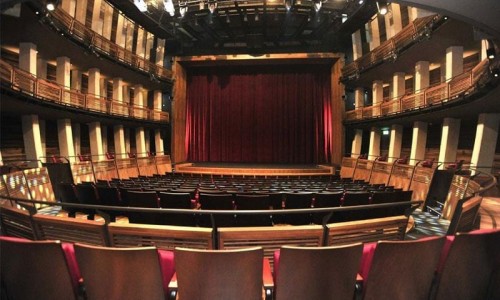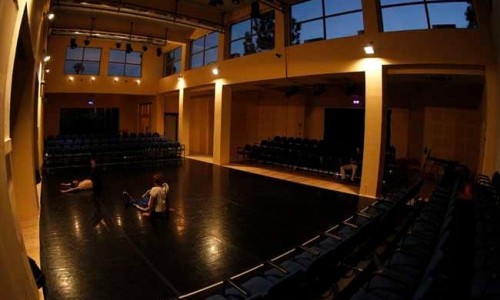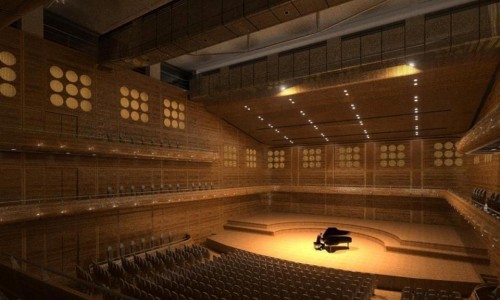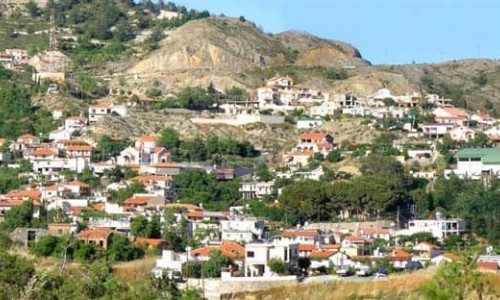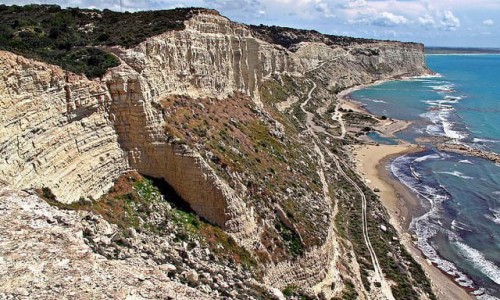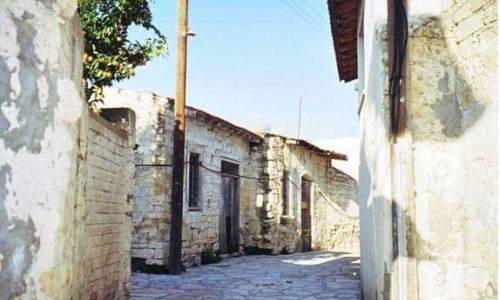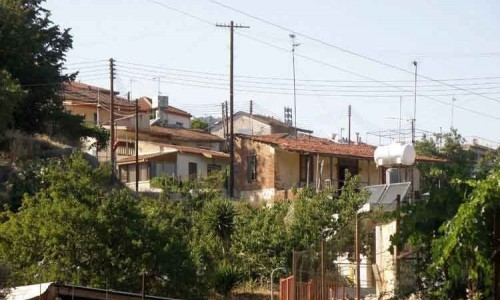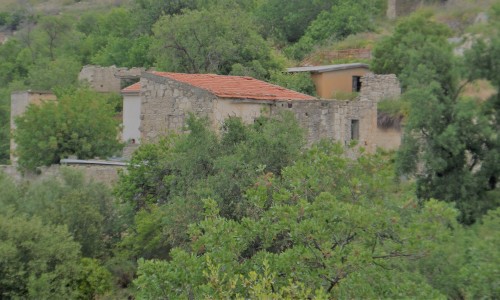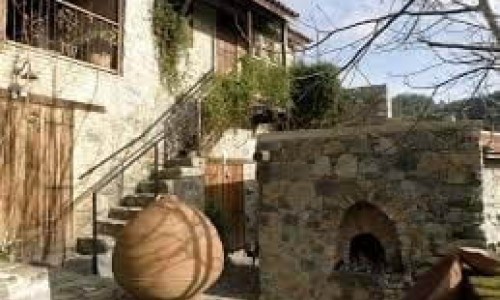Vasa Koilaniou Village
Nestled in the rolling hills of the Limassol District, Vasa Koilaniou is a picturesque village renowned for its rich viticultural heritage, traditional architecture, and serene landscapes. Located approximately 35 kilometers from Limassol and perched at an altitude of 750 meters, this charming village offers visitors a glimpse into Cyprus's enduring rural traditions.
The name "Vasa" is believed to derive from the ancient Greek word "Vassa" or "Vissa," meaning "wooded valley," reflecting the area's lush surroundings. Historically, Vasa Koilaniou was a significant estate during the medieval period, associated with Crusader barons. Evidence of this past includes the discovery of Venetian swords on a hill behind the central church in 1993, suggesting the presence of a sanctuary of Apollo in antiquity.
Walking through Vasa Koilaniou, visitors are greeted by narrow cobblestone streets lined with stone-built houses showcasing traditional Cypriot architecture. Many of these homes feature thick limestone walls, arched doorways, and spacious courtyards, reflecting the village's historical wealth and craftsmanship. The village square, dominated by the impressive Evangelismos Church built between 1896 and 1900, serves as a communal gathering spot surrounded by quaint coffee shops .
Vasa Koilaniou is home to several notable religious sites:
Evangelismos Church: A Gothic-style church constructed from chiseled stone, serving as the village's central place of worship.
Chapel of Saint George: Dating back to the 14th century, this cruciform Byzantine chapel houses well-preserved 15th-century frescoes .
Cave and Chapel of Osios Varnavas: Located just outside the village, this site marks where the hermit Saint Barnabas lived, with his remains discovered in the adjacent cave.
Chapel of Saint Nicholas: The remnants of this small church are nestled among the village's wild vegetation.
Prophet Elias Church: A modest church characterized by its wooden tiled roof and simple iconography.
Saint Timonas Cave: Situated in the same rocky area, this cave is where Saint Timon lived as an ascetic.
Chapel of Timios Prodromos: A small chapel located among the village houses, notable for its stone-built exterior and beautifully carved wooden iconostasis .
The village boasts several museums that preserve and showcase its rich cultural history:
Museum of Primary Education: Established in 2010, this museum is housed in the old all-boys school and presents the history of education in the village through digital media and interactive exhibits.
Zivania Museum: Dedicated to the traditional Cypriot spirit, this museum displays the production process of Zivania and offers tastings of the local beverage.
Ecclesiastical Museum: This museum houses sacred relics and icons from the 14th to 16th centuries, including a notable hollow icon of the Virgin Orans from the late 14th century .
Museum of Folk Tradition: Exhibiting artifacts from early 20th-century rural life, this museum provides insights into the daily lives of the village's past inhabitants .
Vasa Koilaniou is one of the prominent wine-producing villages in the Troodos region, with over 40% of its land dedicated to vineyards. The village is renowned for its high-quality wines and traditional grape products. The Argyrides Winery, located at the village entrance, offers tours and tastings of its exceptional wines .
In mid-September, the village hosts a Grape Festival celebrating the harvest season. Visitors can observe the preparation of traditional grape-based delicacies, enjoy wine tastings, and experience folkloric entertainment.
Nature enthusiasts can explore a scenic trail starting from the Chapel of Saint George, which follows the river under a historic stone-built bridge. This path offers a tranquil walk through the village's natural beauty, especially during the dry months when the trail is accessible .
Vasa Koilaniou offers several traditional taverns where visitors can savor authentic Cypriot cuisine:
Ariadne’s Tavern: Known for its squash flowers filled with cheese and a variety of meze dishes .My Cyprus Travel
Pyrkos Tavern: Located at the village's highest point, it offers traditional meze and panoramic views of the surrounding area.My Cyprus Travel
Palati Tavern: Situated in the village center, this tavern serves a range of local dishes in a cozy setting.
For those wishing to extend their stay, Vasa Koilaniou provides several agrotourism accommodations, including:
Vasa Koilaniou Village House
To Chorio
Arkela Mansion
Roti House
These establishments offer a rustic and authentic experience, allowing guests to immerse themselves in the village's tranquil ambiance.
Vasa Koilaniou stands as a testament to Cyprus's rich cultural tapestry, offering visitors a harmonious blend of history, tradition, and natural beauty. Whether you're a history buff, wine enthusiast, or simply seeking a peaceful retreat, this village promises an unforgettable experience.


